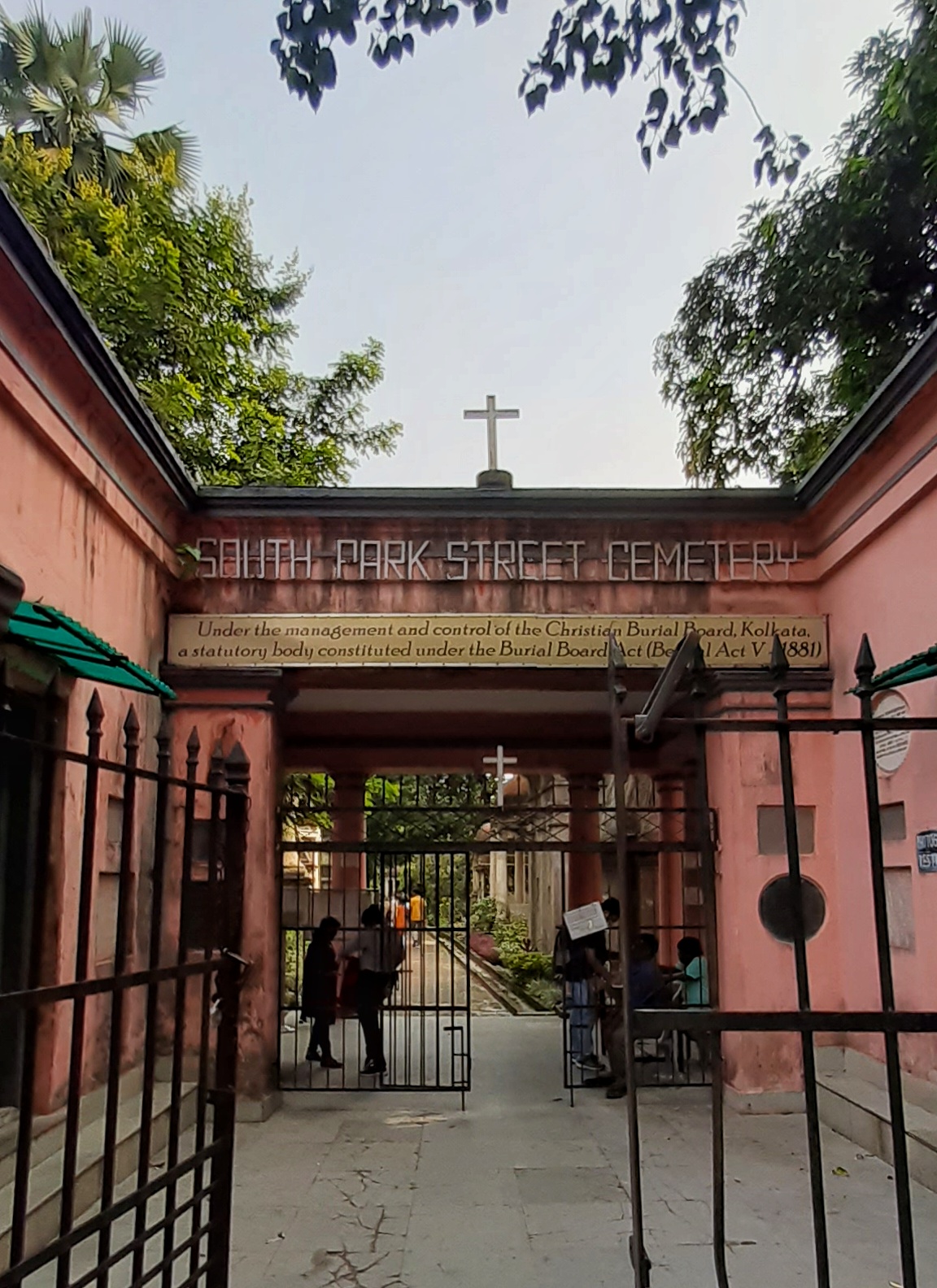The Victoria Memorial stands as one of India's most remarkable architectural treasures, embodying the complex intersection of British colonial history and Indian cultural heritage. Conceived in 1901 by Lord Curzon, then Viceroy of India, this grand edifice was envisioned as a fitting tribute to Queen Victoria, who had passed away that same year. The memorial's creation marked a pivotal moment in colonial India, representing both the zenith of British imperial power and, paradoxically, the beginning of its eventual transformation into a symbol of independent India's ability to reconcile with its colonial past.
The architectural masterpiece was brought to life through the brilliant design of William Emerson, who employed the Indo-Saracenic revival style to create a harmonious blend of British and Mughal architectural elements. The structure, built with pristine Makrana marble from Rajasthan, rises majestically to 184 feet and encompasses an impressive footprint of 338 feet by 228 feet. The central dome, drawing inspiration from the Taj Mahal, is complemented by smaller domes and towers that create a symphonic architectural composition. The memorial's exterior is adorned with intricate sculptures and reliefs that chronicle Queen Victoria's life and the British Empire's presence in India, while the gleaming white marble facade has earned it the poetic moniker "cloud-kissed memorial" among Kolkata's residents.
The construction of the Victoria Memorial, spanning from 1906 to 1921, was a monumental undertaking that reflected the grandeur and ambition of the British Raj. The project employed hundreds of skilled artisans and craftsmen who meticulously carved the detailed sculptures and architectural elements that adorn the structure. The choice of Makrana marble, the same material used in the Taj Mahal, was deliberate, intended to create a building that would rival the great monuments of Indian history. The construction process itself became a testament to the fusion of European and Indian craftsmanship, with traditional building techniques being combined with modern engineering methods of the early 20th century.
The memorial's role in India's social and political landscape has evolved significantly over the decades. During the independence movement, its grounds became an unexpected venue for nationalist gatherings and protests, transforming this symbol of imperial power into a space of resistance. Following independence in 1947, rather than facing demolition like many colonial structures, the Victoria Memorial underwent a remarkable transformation. It was reinvented as a museum and cultural center, housing an extensive collection of artifacts that tell the story of India's colonial period from multiple perspectives. This evolution reflects India's nuanced approach to its colonial heritage, choosing to preserve and recontextualize rather than erase this complex chapter of history.
The expansive gardens surrounding the Victoria Memorial, designed by Lord Redesdale and David Prain, cover 64 acres of meticulously landscaped grounds. These gardens have become an integral part of Kolkata's social fabric, serving as a beloved public space where citizens find respite from urban life. The grounds feature numerous significant elements, including the iconic Angel of Victory statue that crowns the central dome, rotating with the wind as a silent witness to the passing of time. The gardens also house various statues and monuments that create a outdoor museum of historical figures and events, each contributing to the memorial's role as a living historical document.
The interior of the Victoria Memorial houses an impressive museum collection comprising over 28,000 artifacts that span India's colonial period and beyond. The galleries contain priceless artworks by European and Indian artists, including renowned pieces by Johann Zoffany, the Daniell brothers, and Abanindranath Tagore. The addition of the Calcutta Gallery in 1992 brought a fresh perspective to the city's history, documenting its evolution from colonial outpost to major metropolis. The memorial's research library, containing more than 22,000 books and manuscripts, serves as an invaluable resource for scholars studying India's colonial period and its aftermath.
In recent years, the Victoria Memorial has undergone significant preservation efforts and modernization initiatives to ensure its survival for future generations. Extensive restoration work in the early 2000s addressed the effects of environmental pollution on the marble exterior, while interior renovations have introduced contemporary museum practices and interactive exhibits. These updates have been carefully balanced with preservation concerns, maintaining the memorial's historical integrity while enhancing its relevance to modern visitors. Today, the memorial attracts millions of visitors annually and serves as a vibrant cultural center, hosting exhibitions, concerts, and literary events that continue to interpret and reframe India's colonial legacy for contemporary audiences.
The Victoria Memorial represents far more than its original purpose as a monument to British imperialism. It has evolved into a complex symbol of India's colonial history, independence, and contemporary identity. Its transformation from a colonial monument to a national treasure demonstrates the power of cultural reinterpretation and the importance of preserving historical structures as sites of learning and reflection. As India continues to examine and understand its colonial past, the Victoria Memorial stands as a testament to the nation's ability to acknowledge, preserve, and learn from its complex history while moving confidently into the future.








